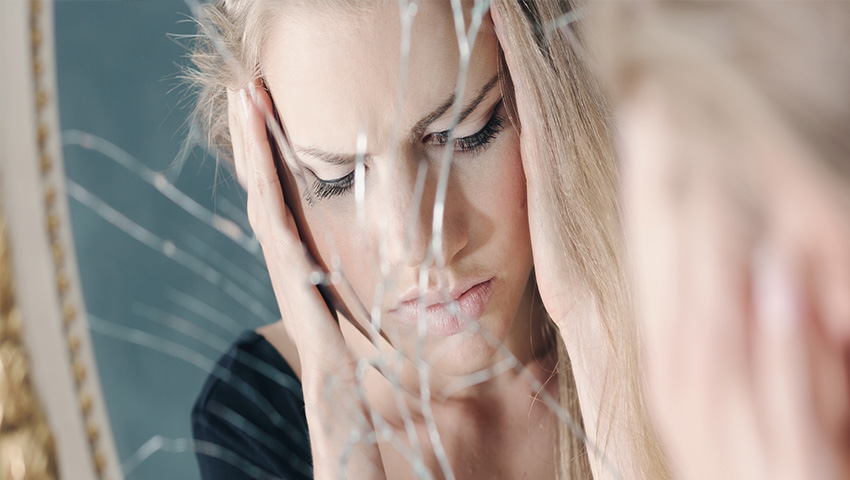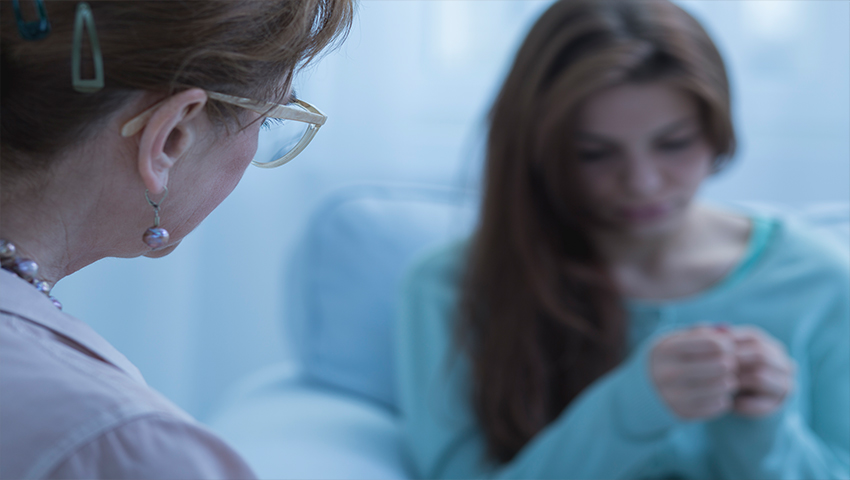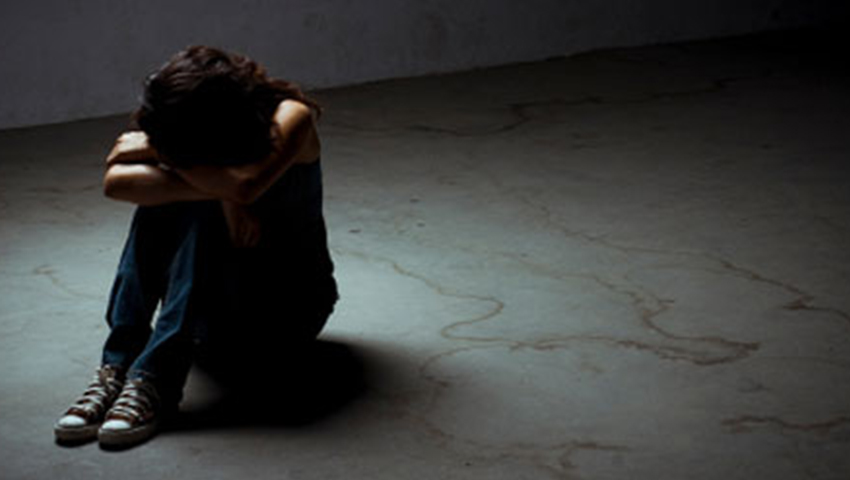For many when faced with distressing or stressful life experiences they tend to neglect themselves, perhaps smoking or drinking too much, driving too fast, spending excessively, engaging in unsafe sex, all as ways of numbing or avoiding difficult feelings. For others however the depth and intensity of their pain is such that these ways aren’t enough and they feel direct injury to themselves is the only way to cope.
Self harm can cover a multitude of behaviours. Most common is scratching or cutting the skin, usually the arms or legs, but other parts of the body too. Some burn or scald themselves, pick at their skin, pull their hair out, violently hit themselves against things. These forms of behaviour, which clearly cause pain or harm to the body, can be ways of coping with deep emotional pain, a way of taking control, managing something overwhelming. These acts can be a means of putting an internal pain on the ‘outside’, a tangible way of showing your suffering to the world, a cry for help; not attention for the sake of it but a desperate attempt to show others that something is seriously wrong. For some it can be a way of restoring a feeling of reality, a way of making yourself feel real or ‘connected’ top your body. For others it may serve the purpose of punishing the self, relieving feelings of shame or guilt. These feelings are sometimes linked to abuse, whether emotional, physical or sexual. More broadly these behaviours are often indicators of an underlying depression, low self esteem or poor physical self image.
Self harming behaviour is not necessarily an indicator of severe mental illness but instead a way of trying to cope with pain, and the only way possible. Just because a person self injures this does not make them a danger to others. Their hurt and anger is primarily directed against themselves. Also it is not generally a sign of suicidal intent; these actions aren’t about ending one’s life just a way of coping with it.
Some self help advice
You might begin to make sense of your behaviour by considering:
- When it began
- What was happening in your life back then
- How did self harming help you survive these experiences, both in the past and in the present
- How do you feel before and after you have self harmed. Maybe keep a diary of thoughts and feelings as they occur around harming behaviours. Are they indicative of buried needs, feelings, thoughts, memories?
- What does your behaviour represent to you? What is it a response to?
Having identified these you can work towards other ways of responding to your internal distress that is less damaging in the longer term. Along with seeking professional help with the underlying issues, the following suggestions can begin to initiate small steps towards alternative, more productive, self-help behaviours:
- Cutting less deeply, less often
- Taking better care of your injuries
- To get a similar physical sensation, flick elastic bands on your wrist, hold ice cubes in your hand until they melt
- Tearing up bits of paper and making a collage
- Avoid drinking too much when self harming
- Taking better care of your injuries
- Writing down the feelings instead
- Drawing or painting your feelings
- Talking with a friend when the feelings take grip



